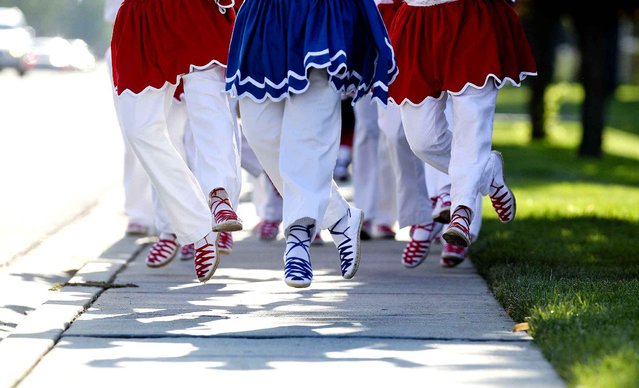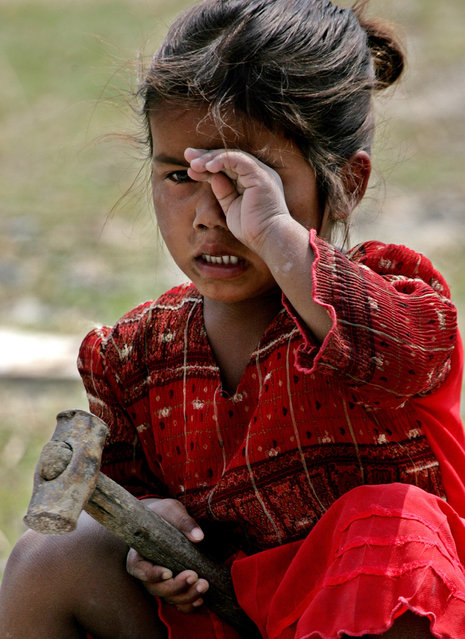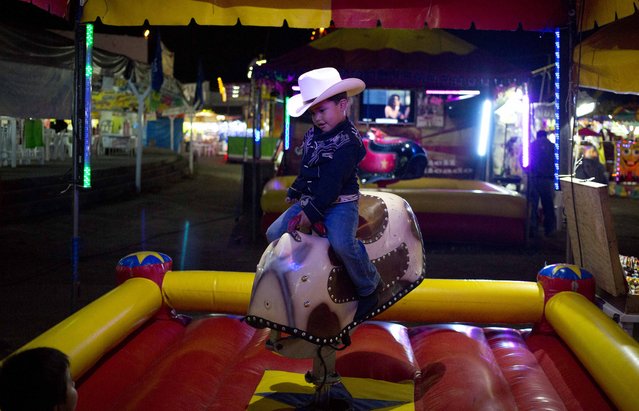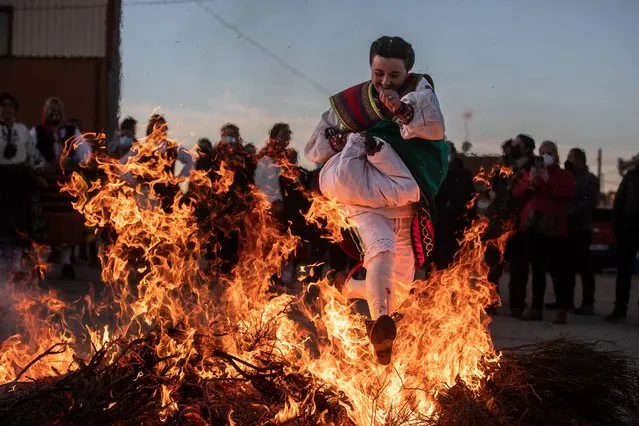
A man wears a sweater covered in Irish themed pins as he stands with thousands of spectators to watch the 254th New York City St. Patrick's Day parade up 5th Avenue in the Manhattan Borough of New York, March 17, 2015. (Photo by Mike Segar/Reuters)
18 Mar 2015 11:52:00,post received
0 comments







